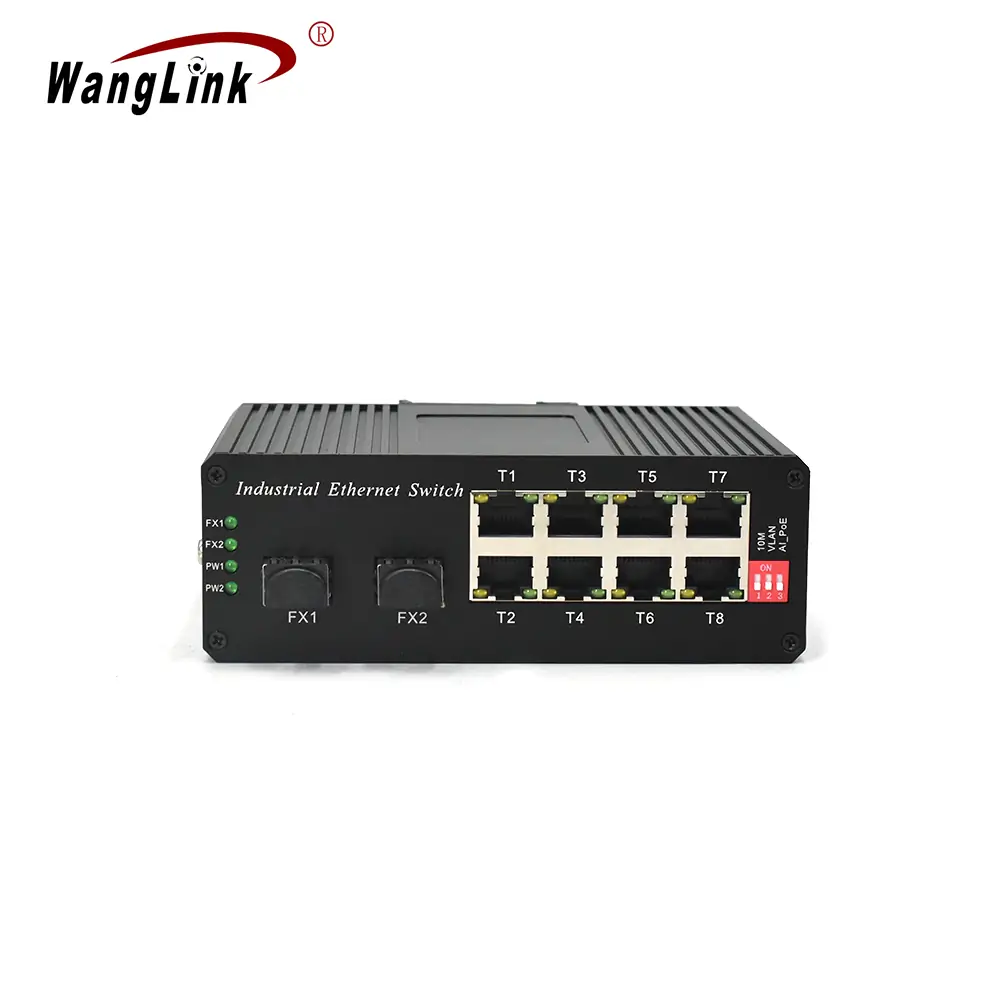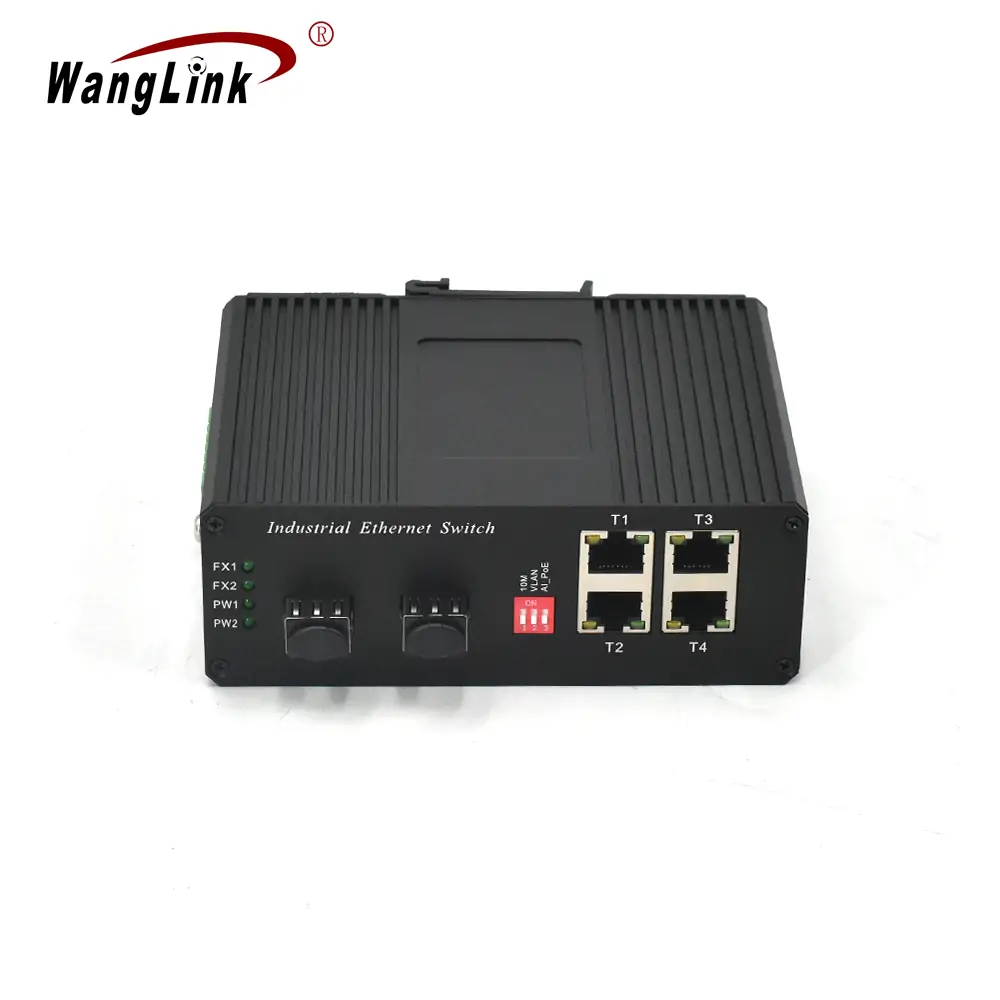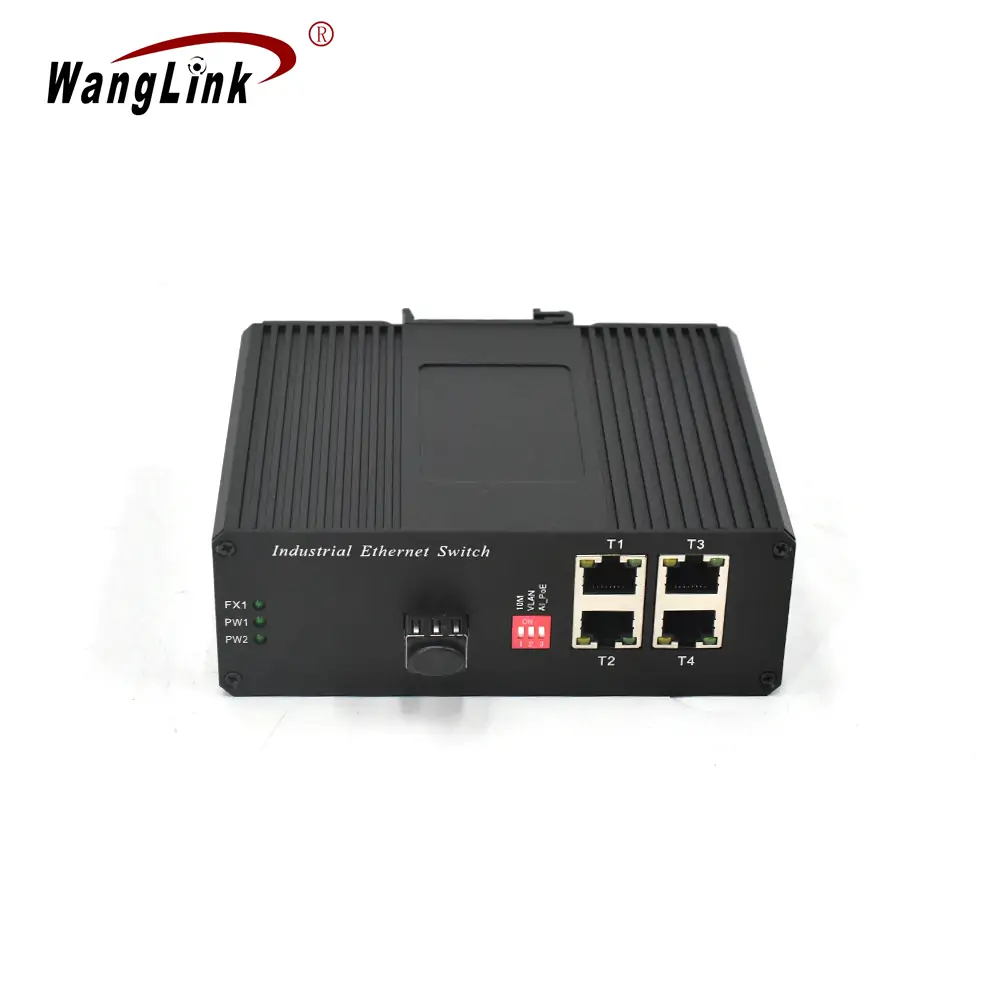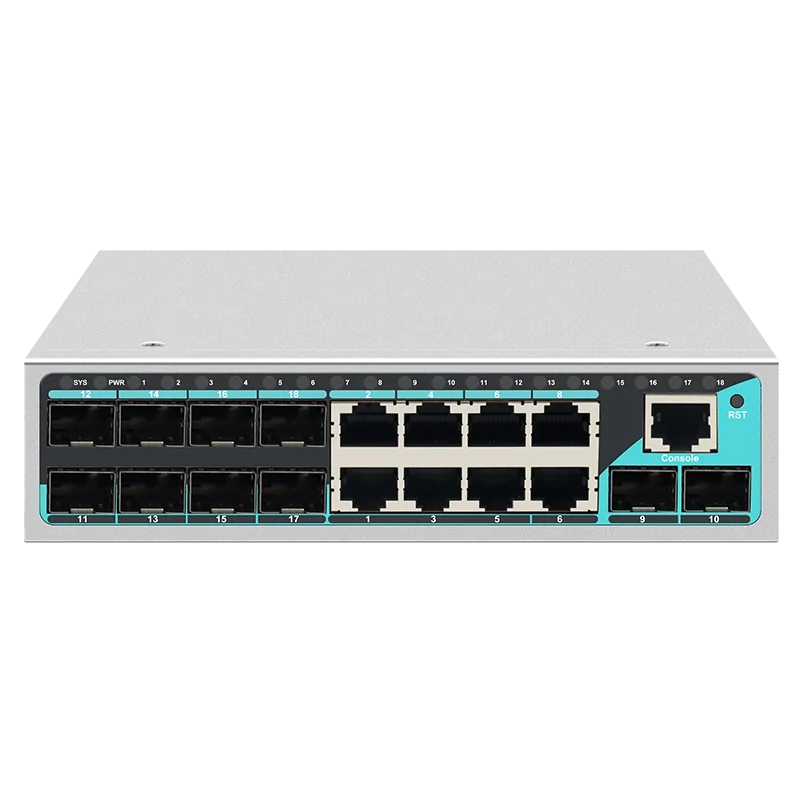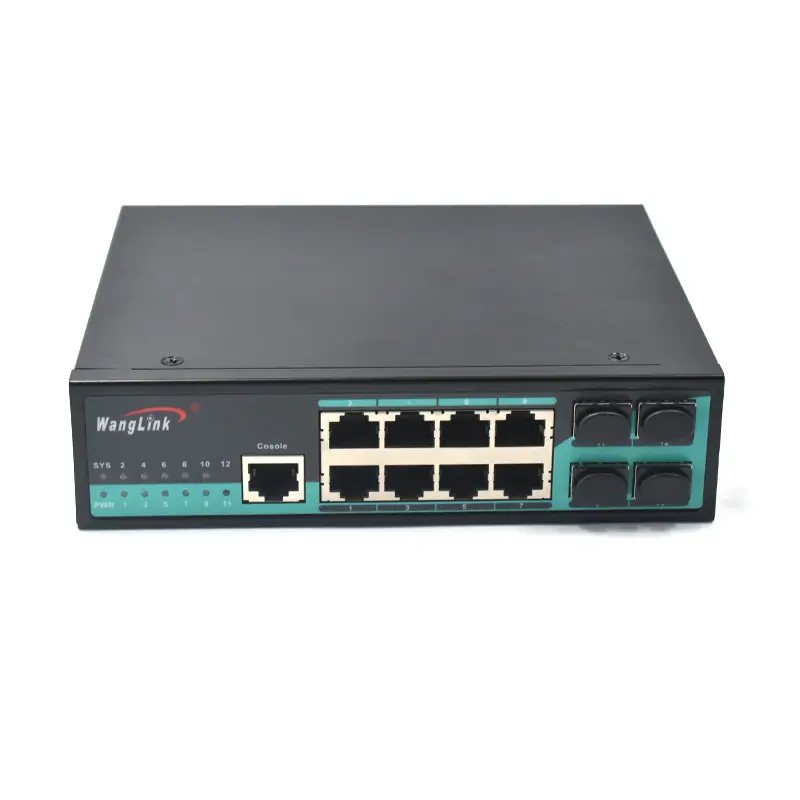A Reverse PoE switch, also known as a PD (Powered Device) switch, is a type of networking switch that receives power through a PoE (Power over Ethernet) cable. Unlike standard PoE switches, which require a separate power source, reverse PoE switches gather their power from PoE switches or PoE power sourcing equipment.
Here’s a schematic illustration of the Wanglink Gigabit 8-Port Reverse PoE Switch:
Wanglink Gigabit 8-Port Reverse PoE Switch
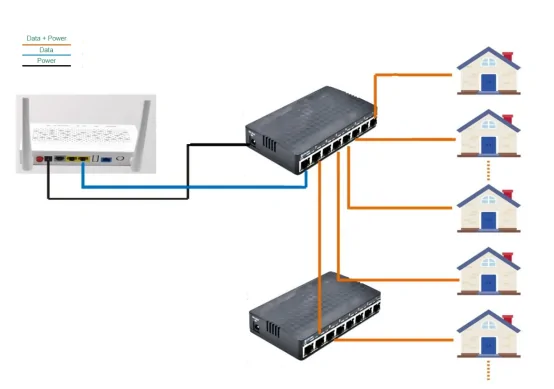
1. How Does It Connect to Other Devices?
The reverse PoE switch can supply power to devices such as ONUs (Optical Network Units), APs (Access Points), and routers through its DC output interface. Wanglink’s reverse PoE switches provide DC output, typically ranging from 5V to 12V, and can be customized to meet specific needs—please contact us for more information.
Moreover, Wanglink’s reverse PoE switches come equipped with both PoE input and PoE output ports. In the SG08RP model shown above, ports 1-7 serve as PoE input ports, while port 8 acts as the PoE output. The PoE input ports connect with a PoE switch to ensure power supply for the reverse PoE switch, while the PoE output port provides power that complies with the standard PoE protocol. Additionally, these devices offer optional features such as switch control and VLAN support.
2. What is the Difference Between a Reverse PoE Switch and a Standard PoE Switch?
The key distinction between these two types of switches lies in their functionality:
- Reverse PoE Switch: Receives power following the PoE protocol.
- Standard PoE Switch: Supplies power following the PoE protocol.
3. How Does a Reverse PoE Switch Differ from Passive PoE Switches?
The term “reverse PoE switch” is not a standardized name; rather, it is a colloquial term used within the industry. The main difference from passive PoE switches is in the direction of power flow and protocol support. Passive PoE switches typically provide unidirectional power, while reverse PoE switches can receive and convert power, offering greater flexibility. Furthermore, reverse PoE switches support compatibility with a wider range of devices, making them suitable for various network environments.
Reverse PoE switches also feature intelligent power management functions that dynamically adjust power output according to the connected device’s requirements, ensuring stable operation. Their compact design makes installation easier, especially in space-constrained environments, optimizing flexibility and efficiency in network deployment. Additionally, the smart power management capabilities can reduce energy consumption, extend the lifespan of connected devices, and further enhance the stability and reliability of the network system. Their versatility makes them an efficient solution for modern network infrastructures.
On the security front, reverse PoE switches excel due to their overload protection and short circuit protection features, ensuring safe operation. Their easy management and maintenance characteristics enable network administrators to quickly locate and resolve issues, enhancing operational efficiency.
The multi-port design of reverse PoE switches supports simultaneous connections to multiple devices, optimizing network layouts. Their adaptive voltage regulation ensures stable operation across various devices and supports remote management capabilities.
Reverse PoE technology facilitates flexible power transmission suitable for complex environments.
4. Applications of Reverse PoE Switches
The applications of reverse PoE switches include, but are not limited to, smart buildings, outdoor surveillance, and wireless coverage. Their efficient power supply and intelligent management significantly enhance network stability and operational convenience in these scenarios, providing reliable support for modern network architecture.
For installations in challenging environments such as hallways, wall-mounted areas, and basements, using a reverse PoE powered switch along with PoE sourcing equipment allows for power delivery through Ethernet cables, eliminating the need for an external AC power supply. This approach mitigates electrical hazards and ensures stable service operation. In this context, the reverse PoE switch acts as a PD (Powered Device).
Wanglink offers a range of reverse PoE switch products, including variants with 2, 4, 8, and 16 ports, which can be customized according to the specific needs of businesses. Our mature implementation technology supports various OEM and ODM requests.
Reverse PoE switches are also applicable in rural broadband, community broadband networks, and informal district broadband deployments, helping small operators overcome challenges related to broadband access construction, maintenance difficulties, and high electricity costs.
If you have any further questions about reverse PoE switches, feel free to contact us. We provide detailed technical support and solutions to ensure your network deployment is efficient and worry-free. Choose Wanglink for a smarter, more convenient, and secure networking experience. We look forward to partnering with you to build a better network future.

